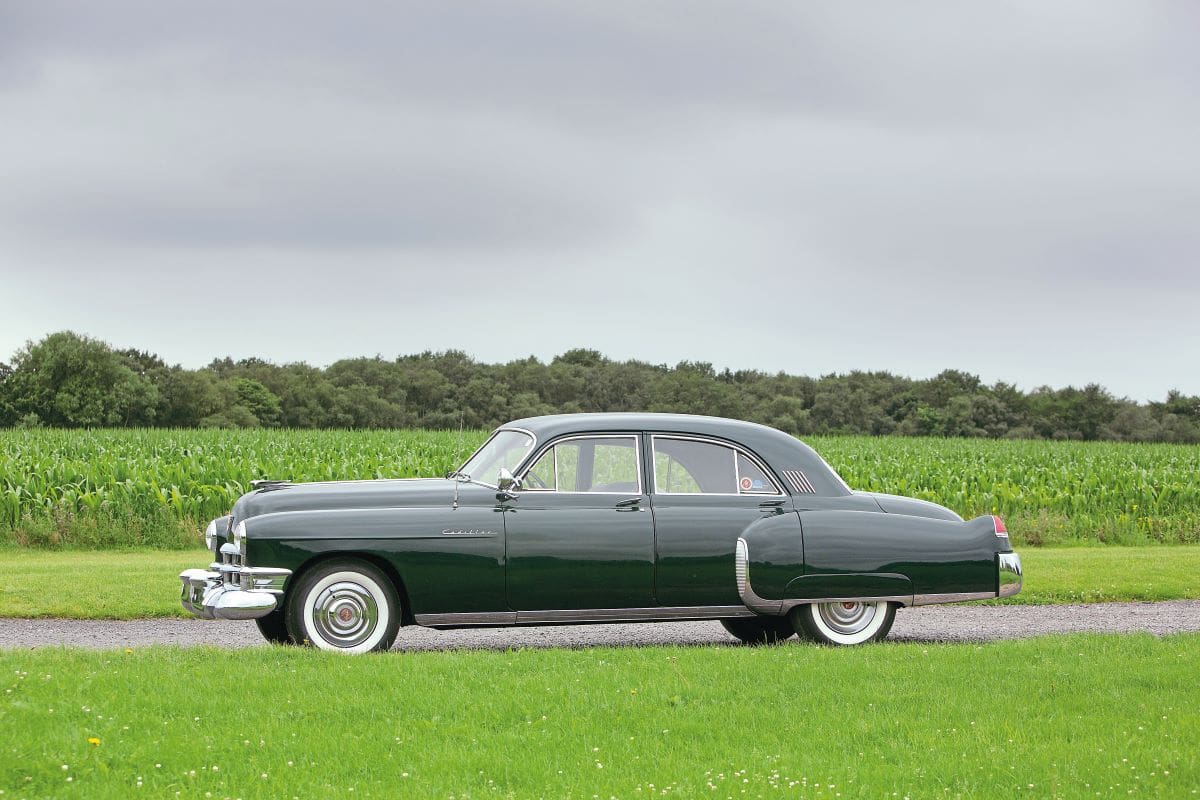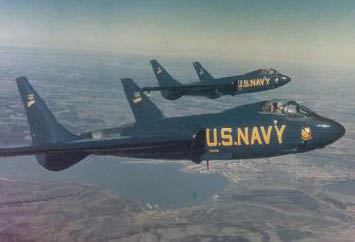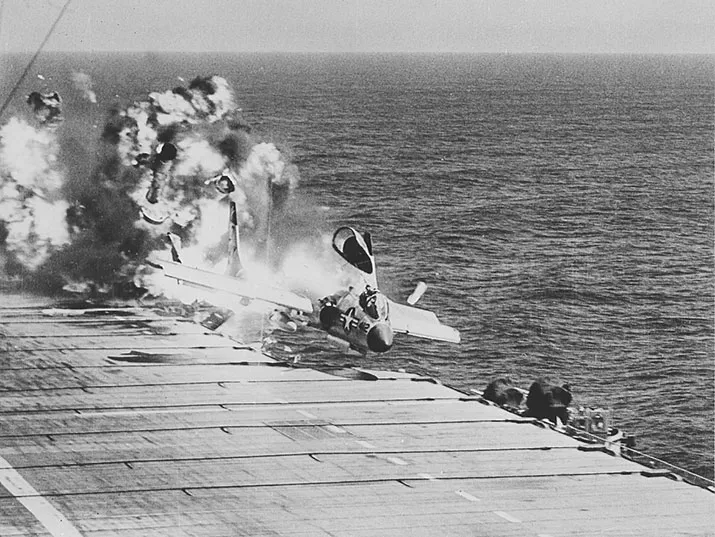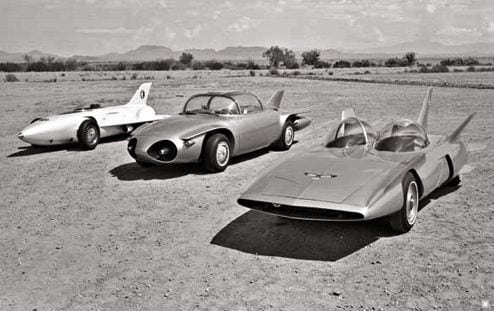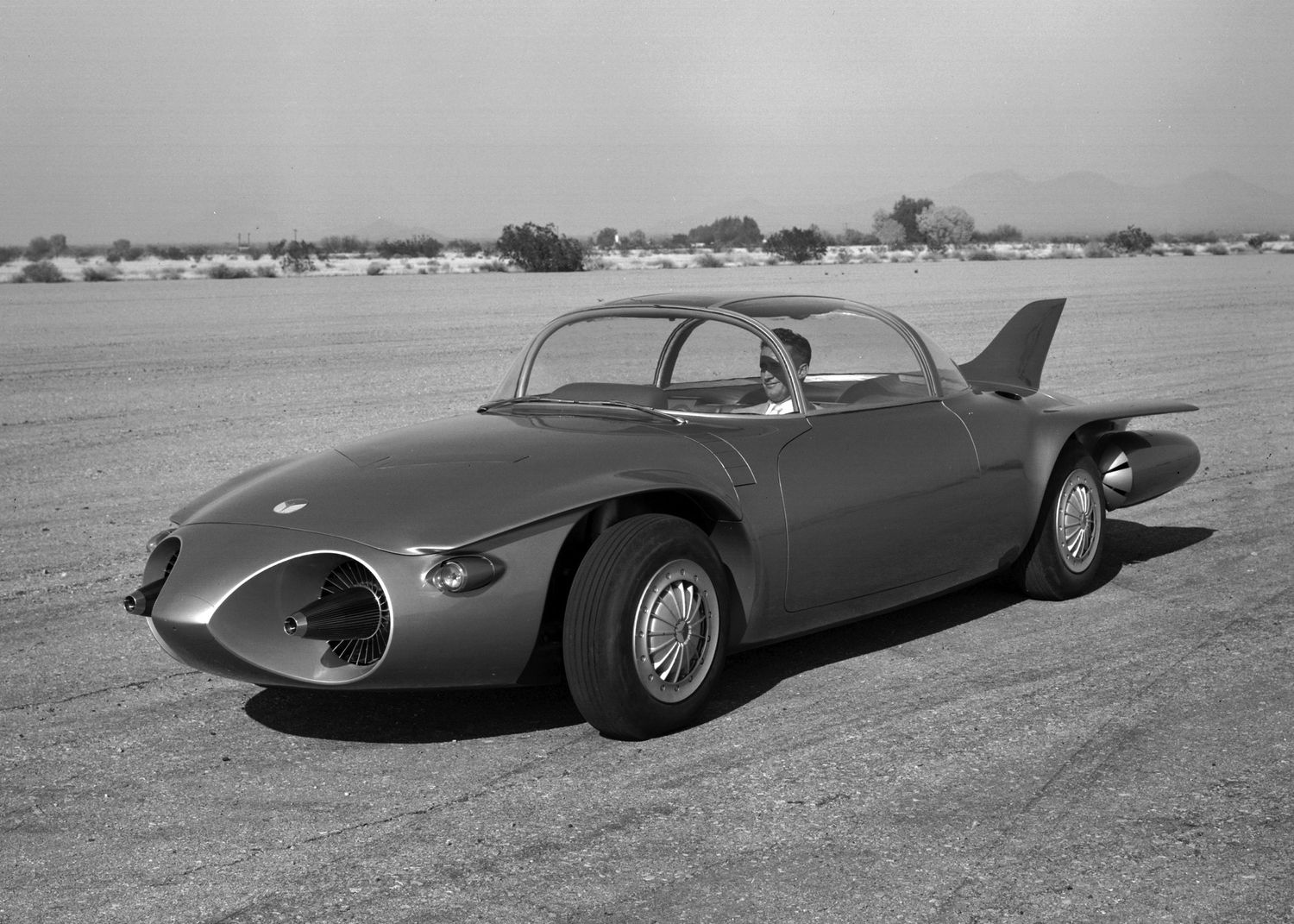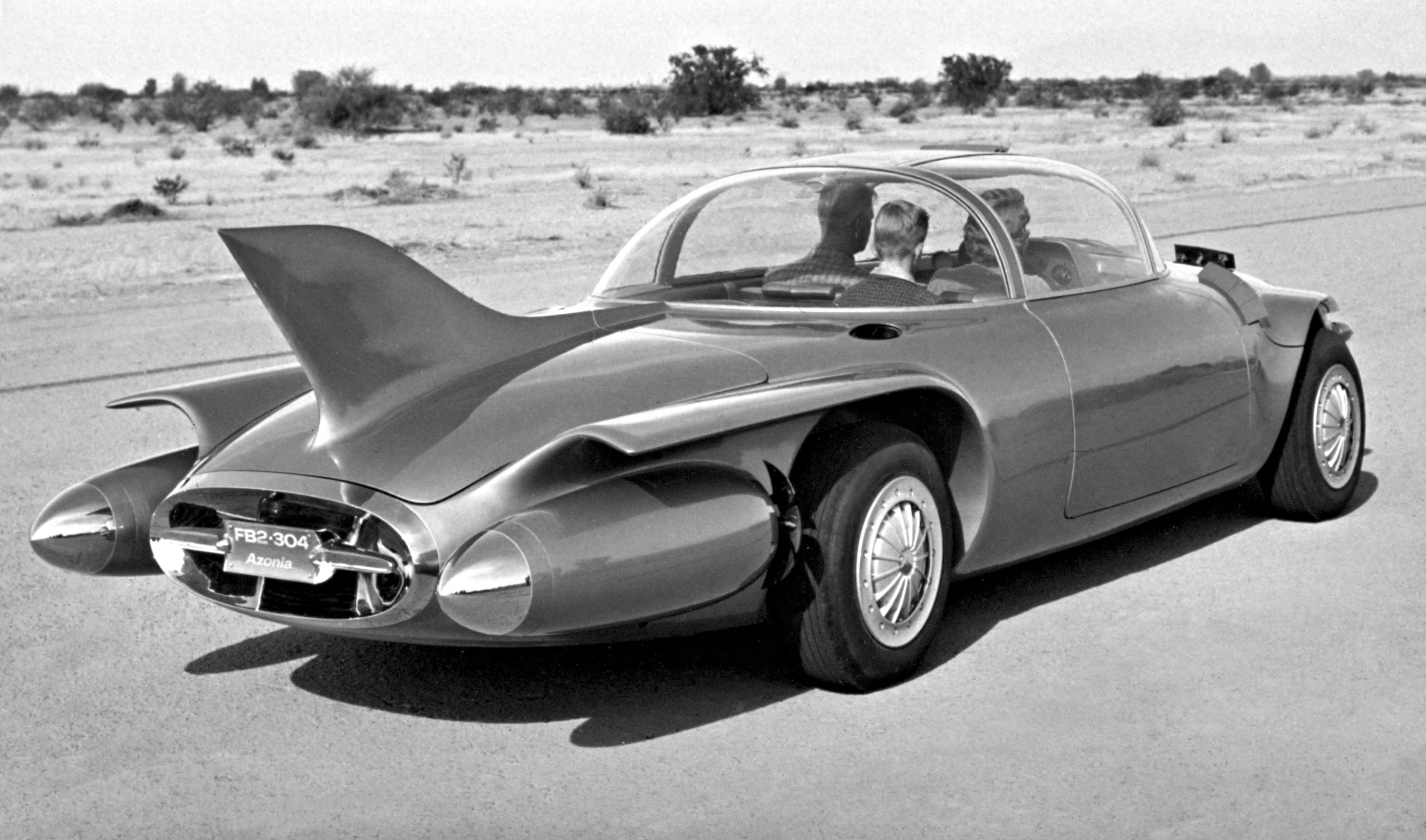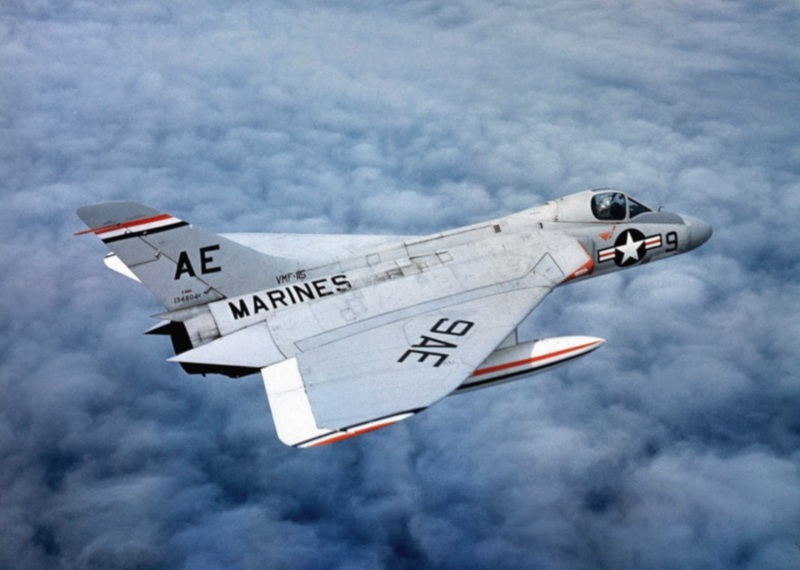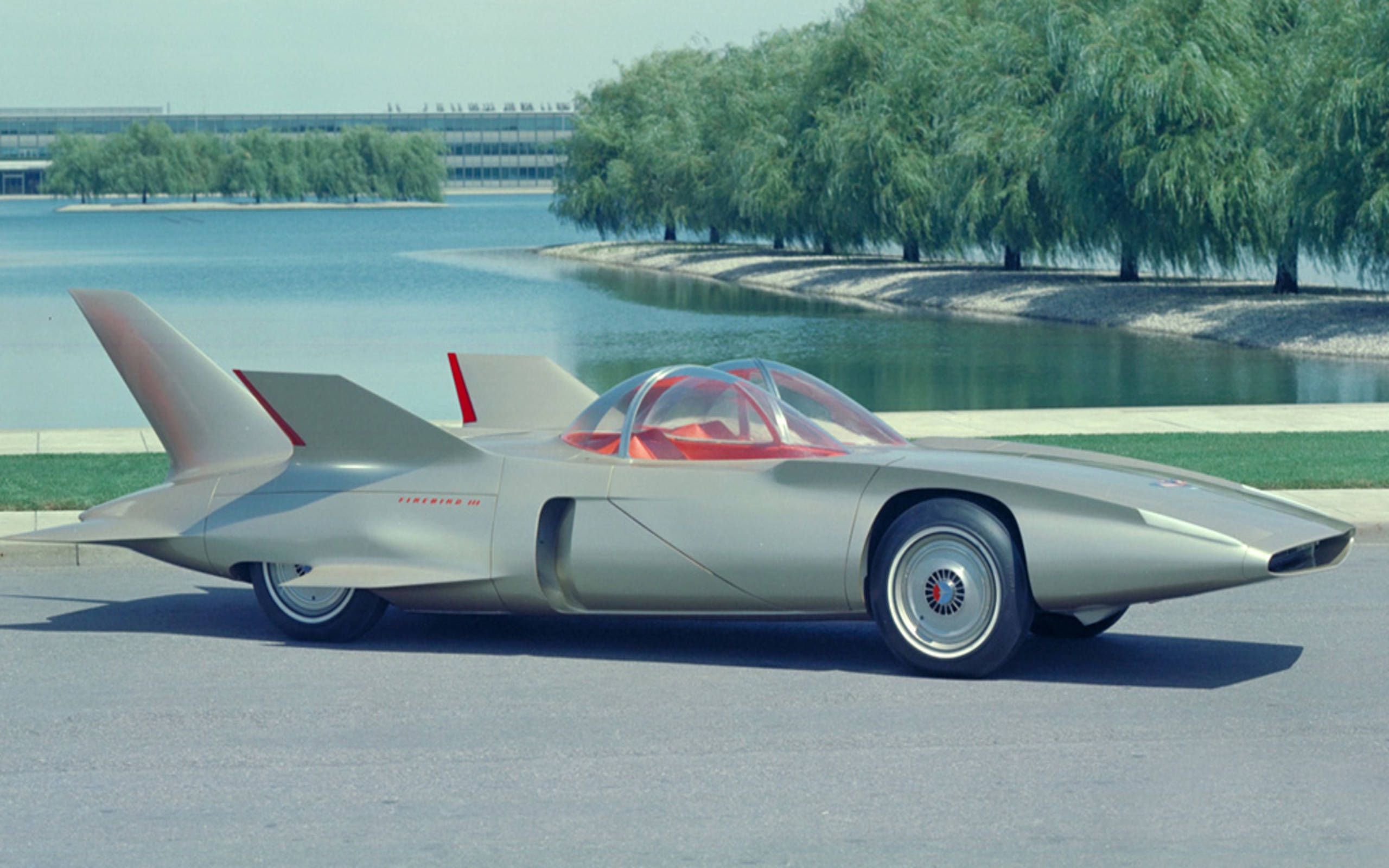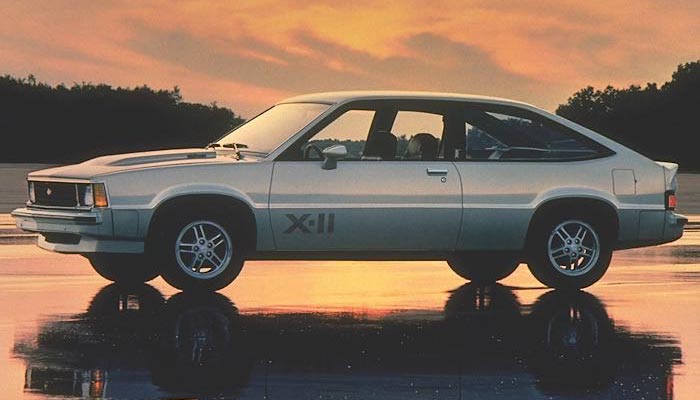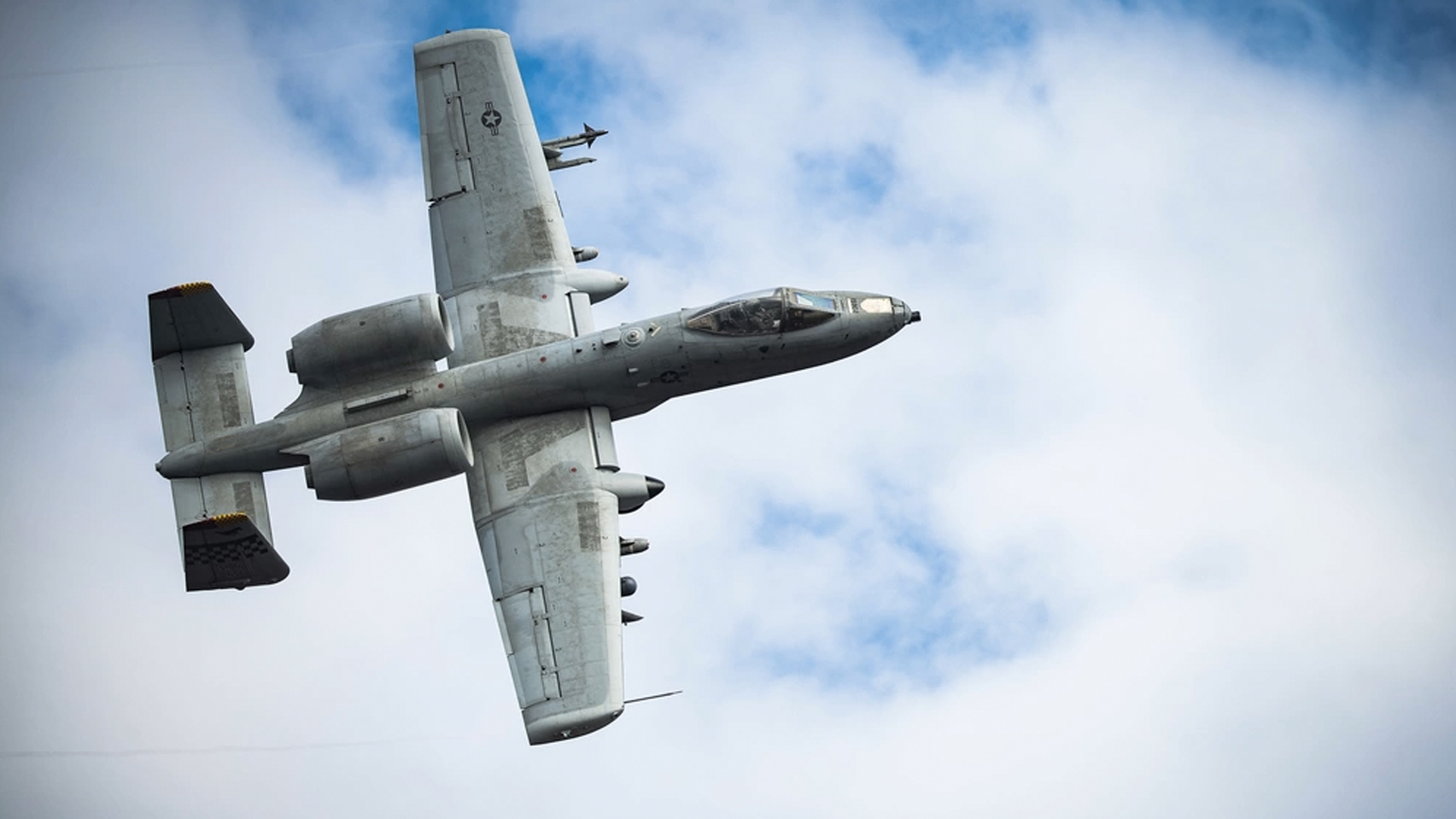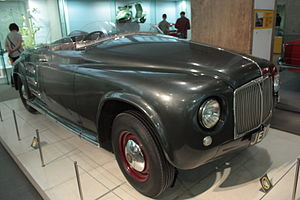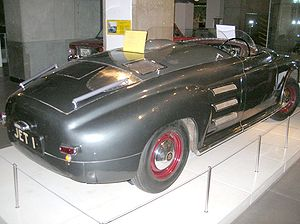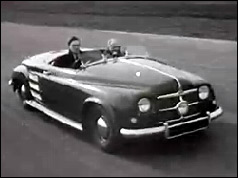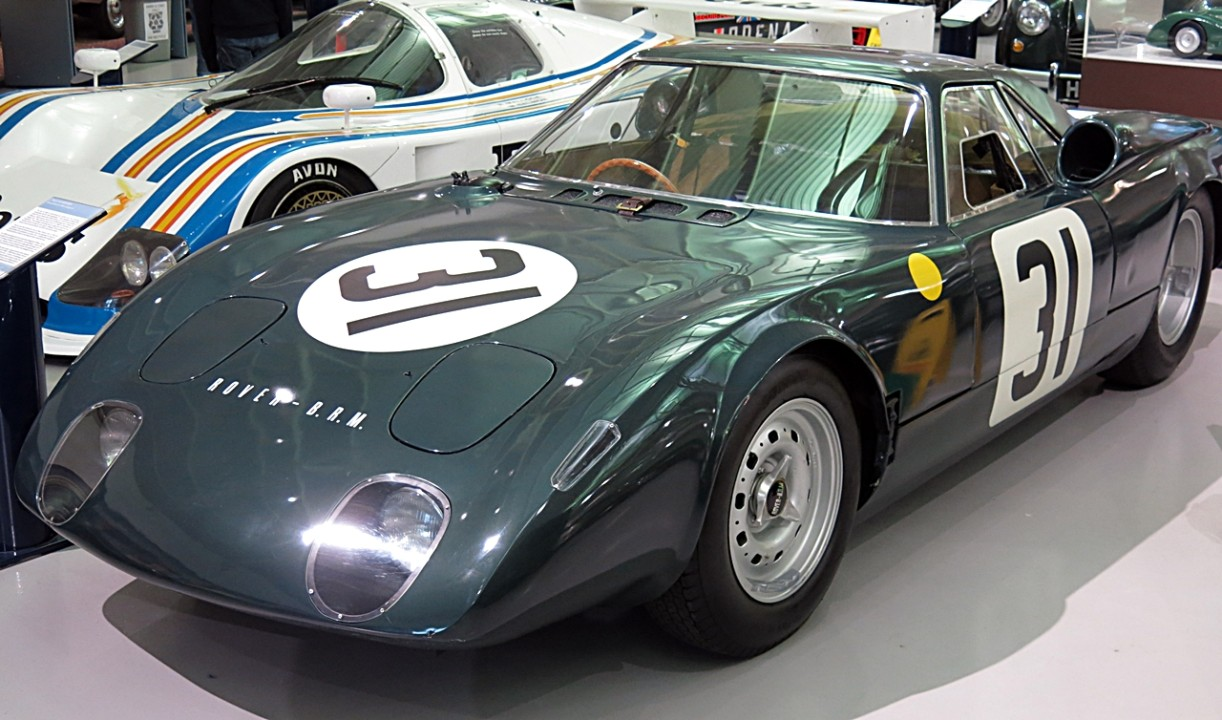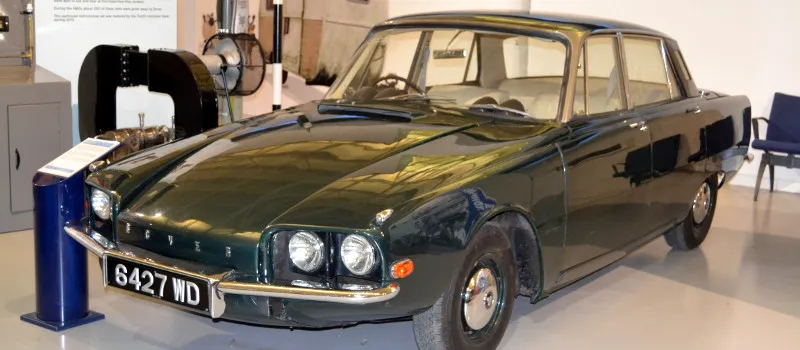adorshki
Reverential Member
Ford remains the only US maker to win LeMans overall.
@davismanLV: Cadillac has periodically entered, Briggs Cunningham being one of their earliest campaigners. Here's his '50 Series 61 in competition livery and fitment:
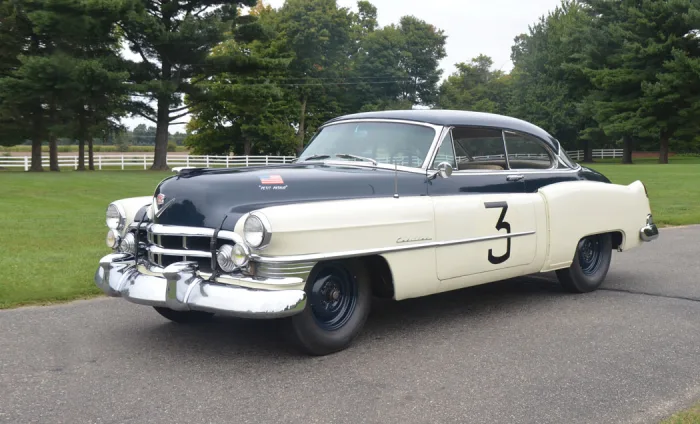
Here's its running mate the Series 61 with aero body courtesy of Grumman Aircraft. (In those days aerodynamics was still a unified art.) Period lighting fans (looking at you @Guildedagain ) will note the "Cyclops" high-mounted fog lamp:
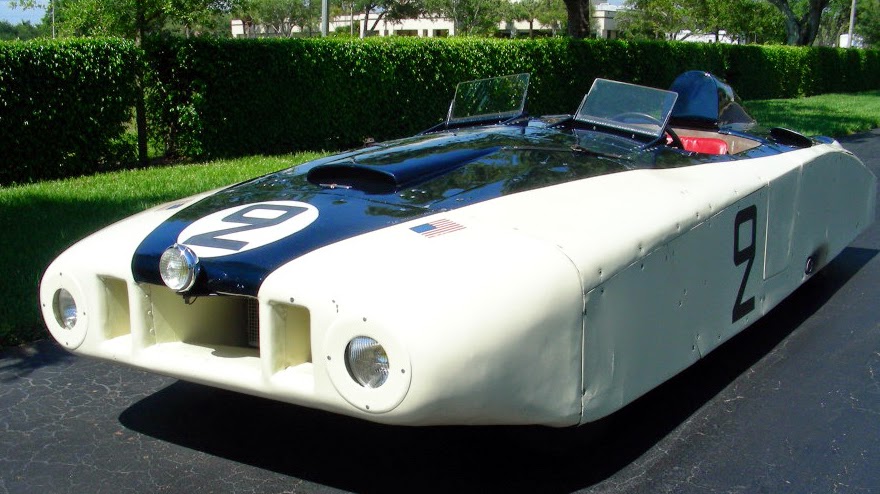
Sold only as a matched pair:

Cunningham may well have been influence by Bugatti's earlier examples with the Type 57:

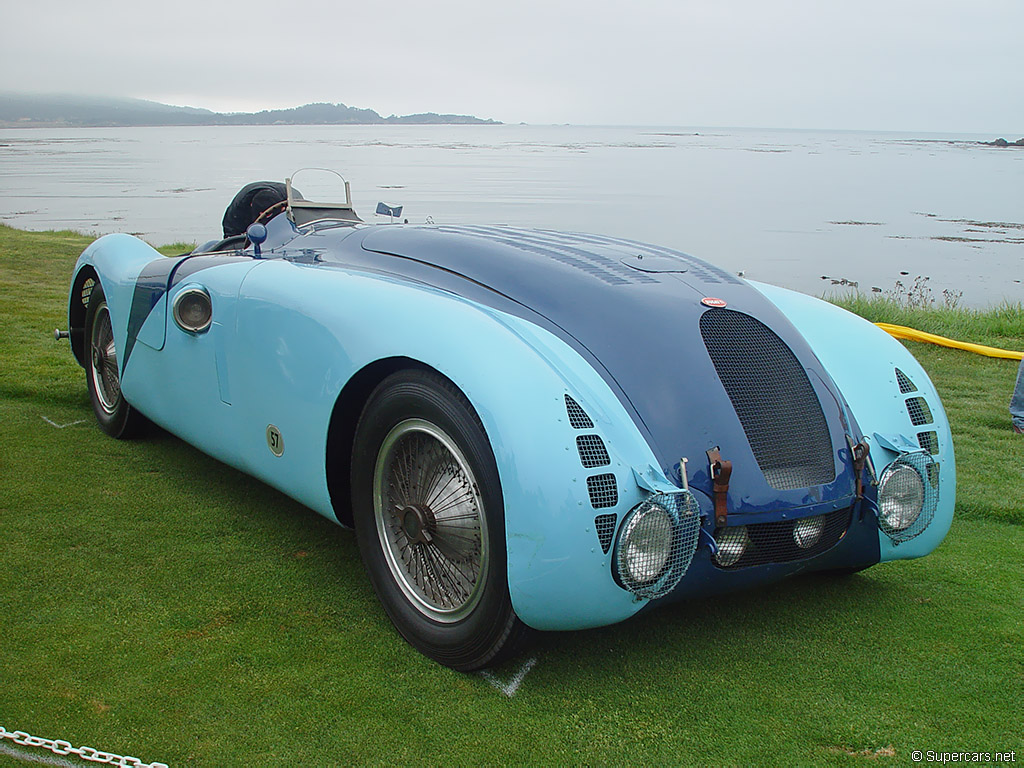
Note when fully race prepped they also wore fog light by Cyclops:
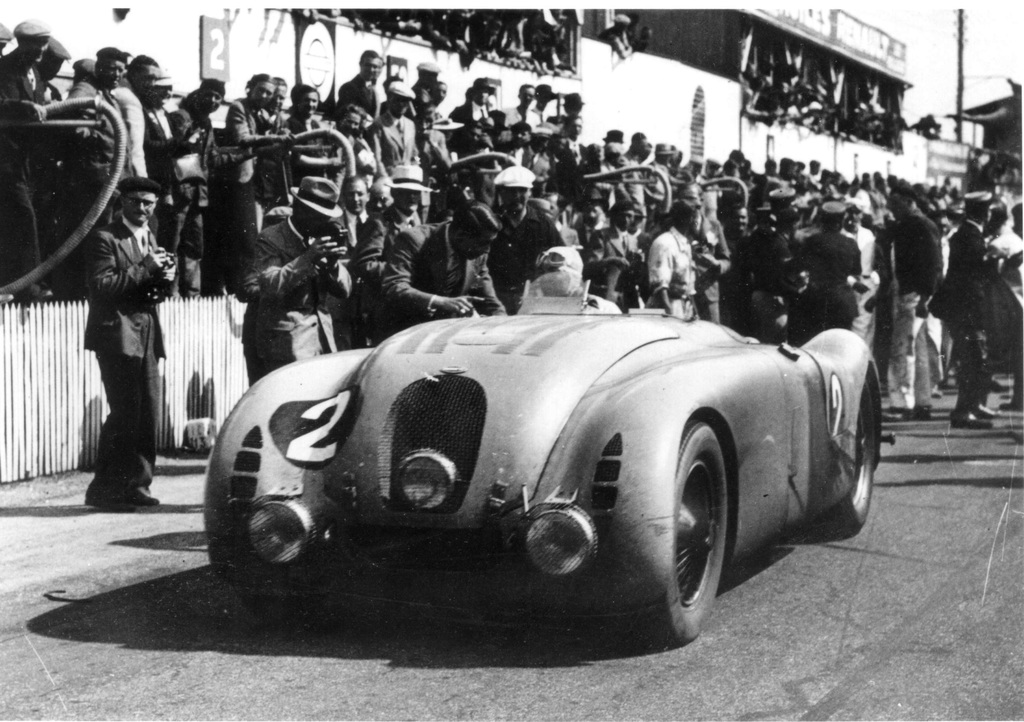
@davismanLV: Cadillac has periodically entered, Briggs Cunningham being one of their earliest campaigners. Here's his '50 Series 61 in competition livery and fitment:

Here's its running mate the Series 61 with aero body courtesy of Grumman Aircraft. (In those days aerodynamics was still a unified art.) Period lighting fans (looking at you @Guildedagain ) will note the "Cyclops" high-mounted fog lamp:

Sold only as a matched pair:

Cunningham may well have been influence by Bugatti's earlier examples with the Type 57:


Note when fully race prepped they also wore fog light by Cyclops:

Last edited:
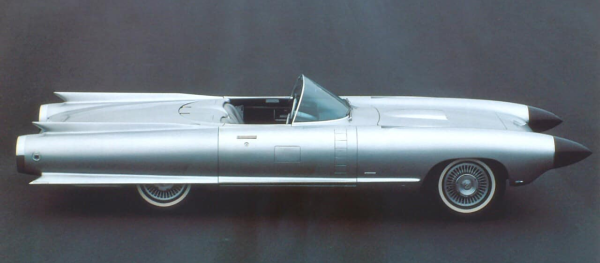
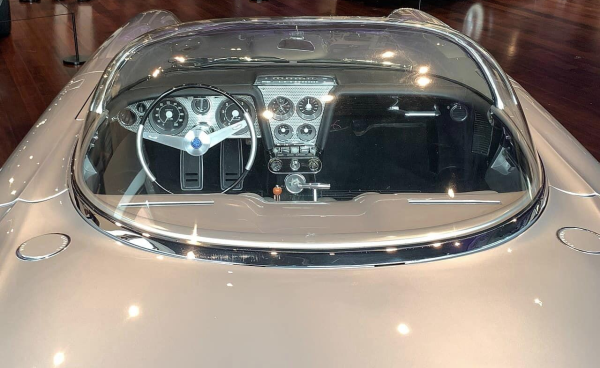
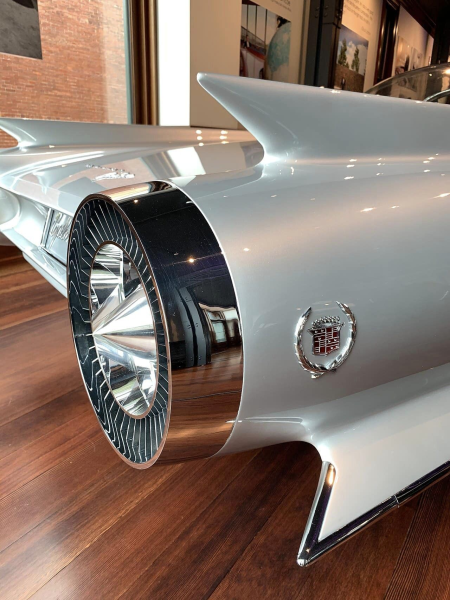
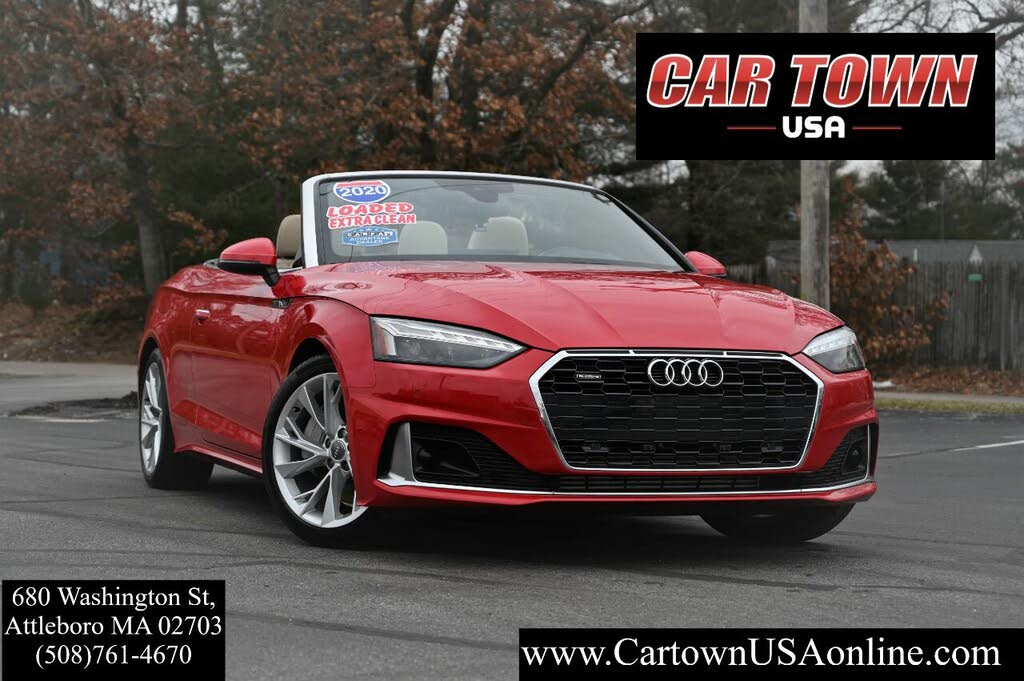
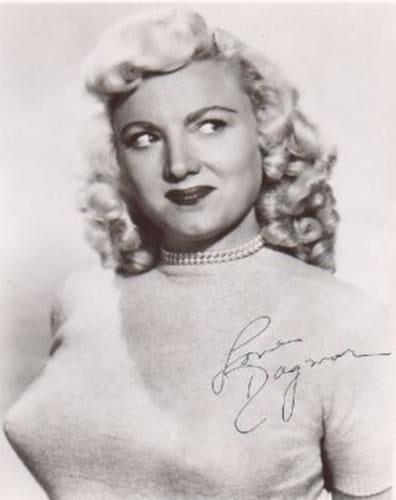
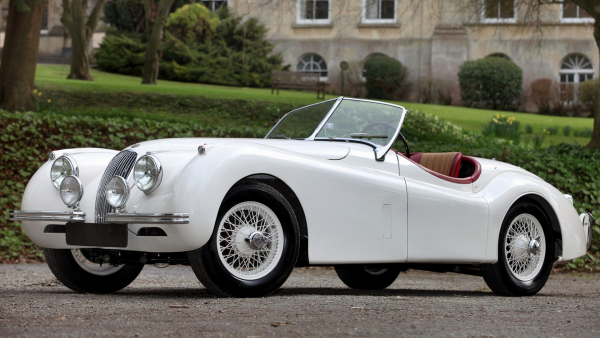
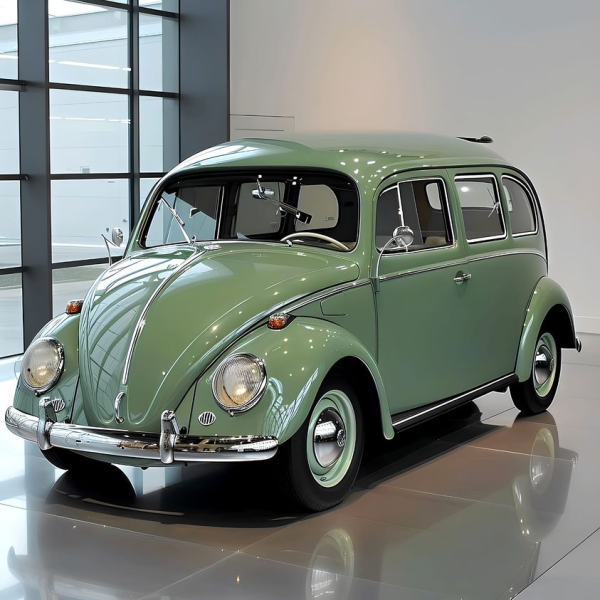


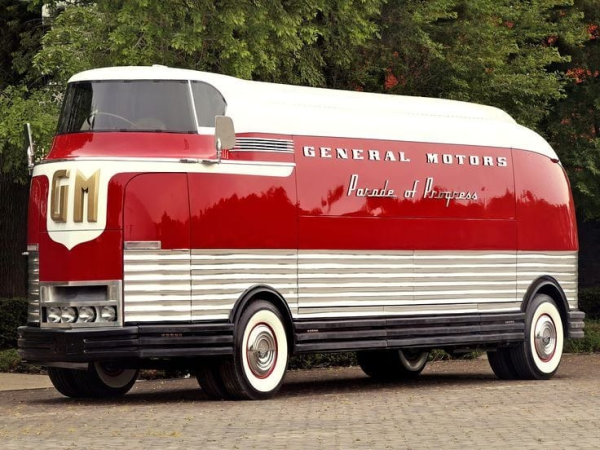
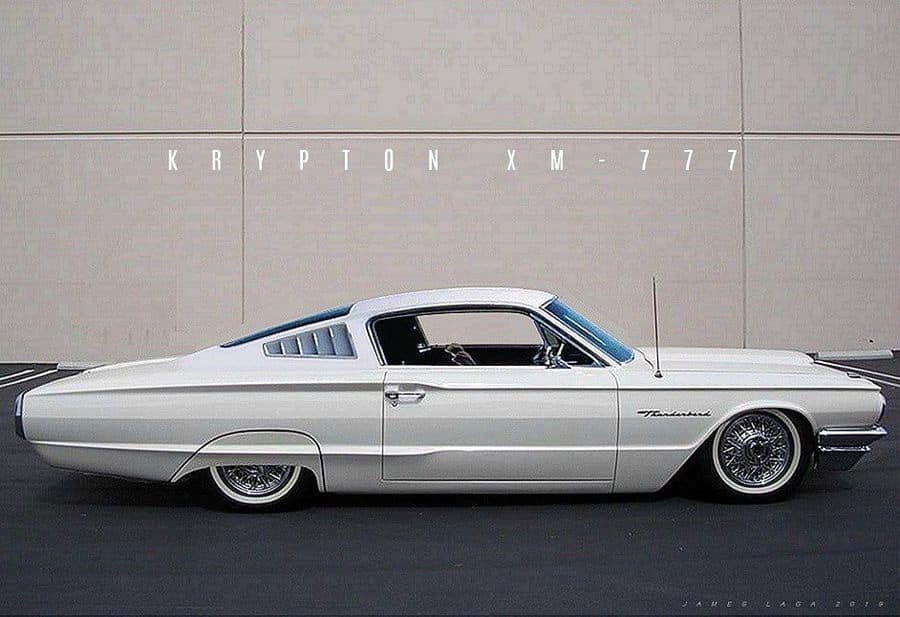
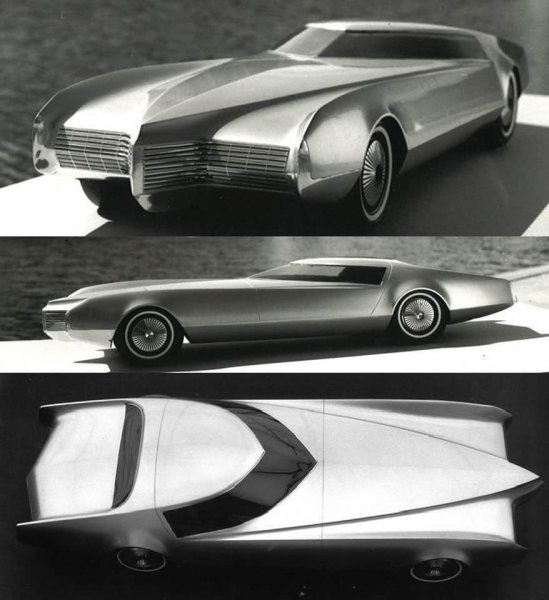
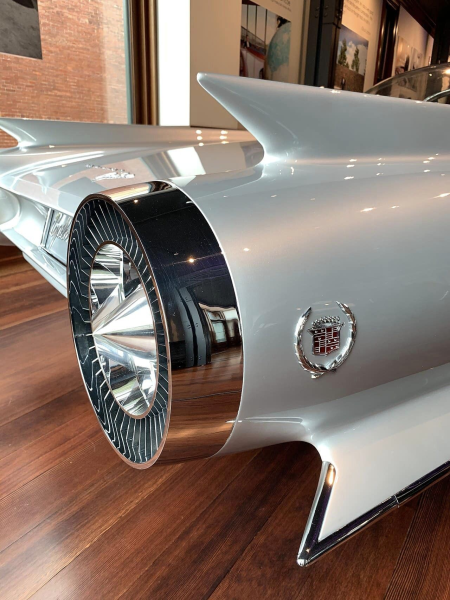
:extract_focal()/https%3A%2F%2Fpocket-syndicated-images.s3.amazonaws.com%2Farticles%2F9411%2F1708481100_electriccar1.jpg)


